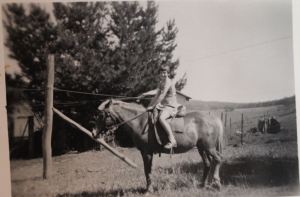Once upon a time, in England, there was a forest called Mendip.

It was referred to through the 17th and 18th centuries as ‘The Ancient Forest of Mendip’. It can be found in Somerset, although apparently there isn’t as much forest now as there used to be. The region has hills and caves and dips and hollows and all those wonderful things you see in British television shows. A place that remained embedded in the past when other parts of England modernised and industrialized. Bristol and Bath moved somewhat sluggishly with the times, but these hills and holes held onto the old days as if they’d never heard of any new way.
Because of this, the region captured the imagination of many writers and romantics in the 18th and 19th century. But this blog is about an earlier period than that. My William Dudden was born round about 1580.
Here is a map of Somerset, nearly a century after William’s birth.
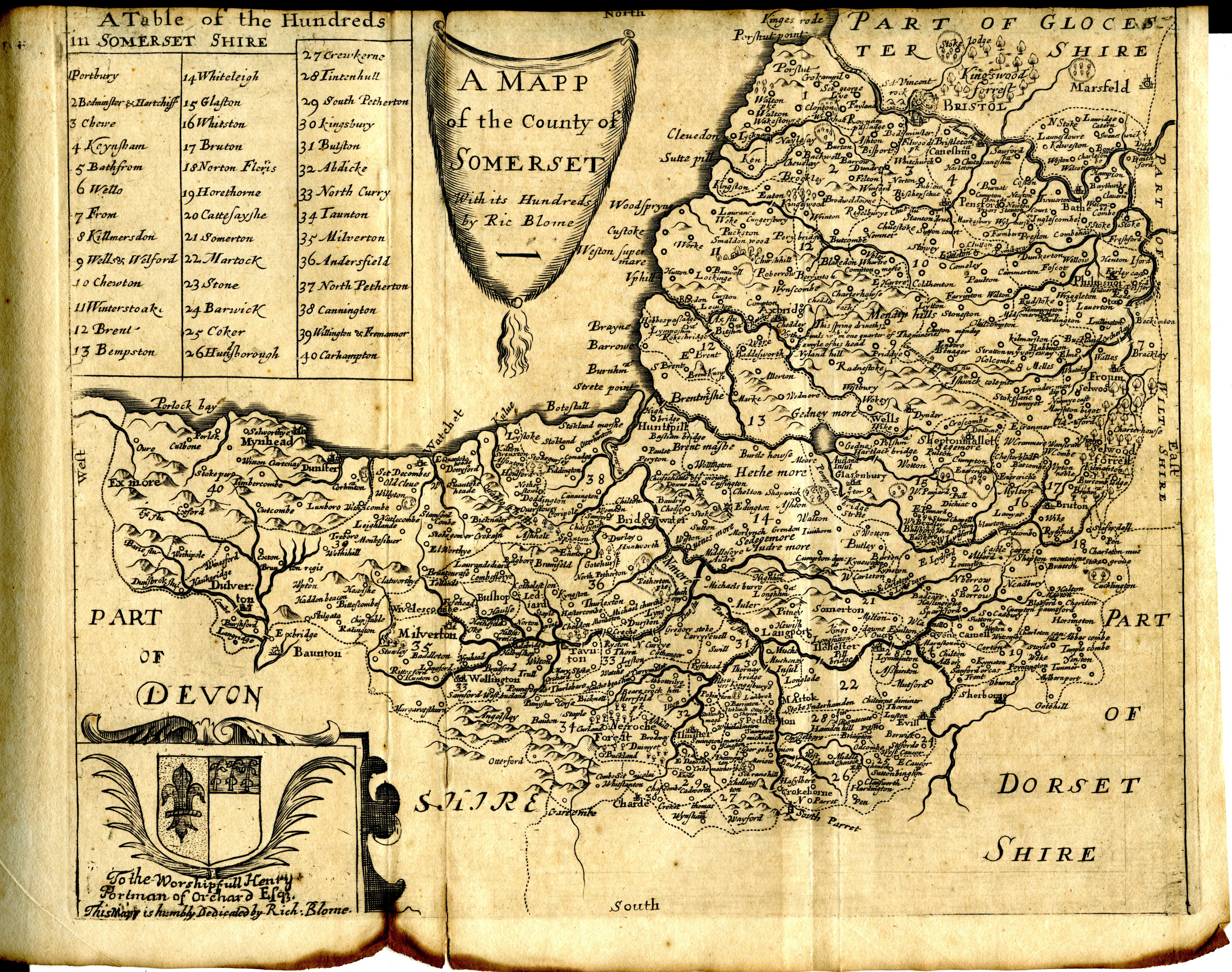
That map is kind of meaningless at this scale, it’s just to show the shape of Somerset. The region that concerns William Dudden is as follows:

Chewton Mendip, to the east of the Mendip hills. Deep in the Ancient Forest of Mendip, until the forest thinned and shrunk and ceased to be the great beast it once was. But in the 1500s it was still fairly dense and Chewton Mendip was a village surrounded by trees. A place of seemingly fertile soil and good rain and wildlife and narrow tracks leading in and out.
John Collinson described it this way in 1791:

When William Dudden first went to Chewton Mendip, it was more forest than plain. The deer would have been there still.
Collinson says this about the Mendip Hills:
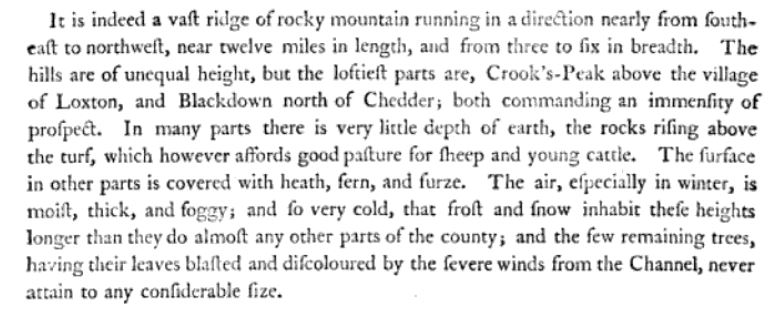
“So very cold, that frost and snow inhabit these heights longer than they do almost any other parts of the country’ ..
No wonder the place stayed in the past. It was a challenging place to live, even in the foothills where Chewton Mendip is. A place that required a livelihood – a home and a form of heat. Good food and thick clothes. You couldn’t really be a beggar in a place like that. You’d just die.
Some did. The parish burial record contains many traveler and vagrant deaths. But if you could support yourself and your family, it was undoubtedly a good place to live.
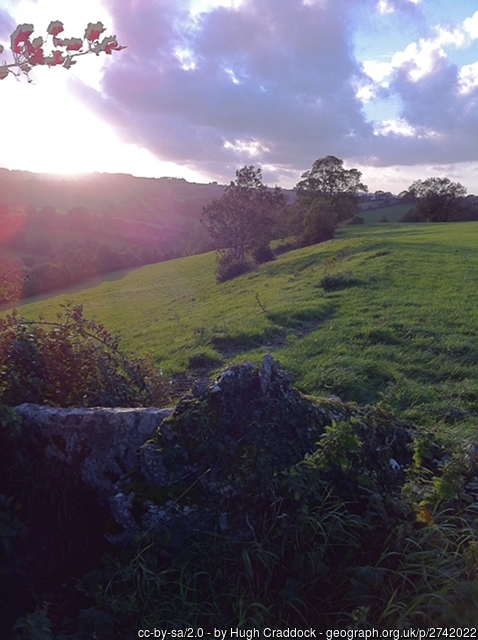
To finish this long description, Christopher Greenwood describes it as follows in ‘Somersetshire Delineated’, 1821.

Parish records have been digitised for Chewton Mendip from 1554. Having scoured these records from the beginning up to 1726, I am pretty sure there is no mention of a Dudden before our William’s arrival, probably some time around 1609, and only his descendants thereafter.
I presume this because there is no death of anyone older who might be a parent living in the region, and no marriage of any other Dudden around the time that might indicate several siblings. He was the first.
William Dudden enters the register on the 10th of December 1610 when he marries local girl Alice Savidge.
William Dudden & Alicia Savidge; married Dec 10
That’s all it says.
The surname Savidge is right through the register. Even in the first year, 1554, there are three Savidge men producing youngsters. I suspect Alice’s father was either John or Robert, but the register is faded in places and I haven’t located her birth. She was probably somewhere between 15 and 25 at the time of marriage.
They were married by license. The license can be accessed via Ancestry.com but it’s written in a sort of Latin Vulgate crossed with English, in a flowery script, and I haven’t unravelled the words just yet. It looks to me as if William Duddin was recorded as ‘William Dudding’ and that he came from Frome (Froum). Hence my circling that place in the above map. I might be wrong, but that’s my current theory.
The certainty is that he married by license, which means he was wealthy enough to pay the fee, and connected enough and knowledgeable enough to make it happen.
After their marriage, William and Alice settled in Chewton Mendip.
I’ve found the following children:
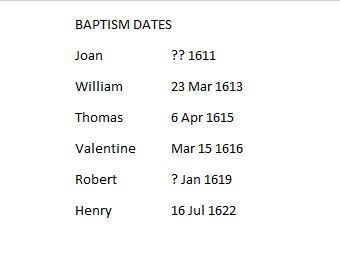
Fellow Dudden researchers will recognise some of these names. Valentine Dudden is a name carried right down to the 20th Century, as is William.
Thomas died in 1622, aged seven, which must have been hard since he was old enough for them to have truly become attached. He was buried on 16th June, maybe around the time of little Henry’s birth.
Henry was buried on 22nd July the same year. Maybe a week old, maybe a month, but unlikely to be older. Two sons gone in a flash.
I’ve found no other children. Possibly they moved away for a while, but I don’t think so. I think they stayed where they were and no more children were born. Joan, William, Valentine and Robert grew up, probably in Chewton Mendip, and all reached adulthood in good health.
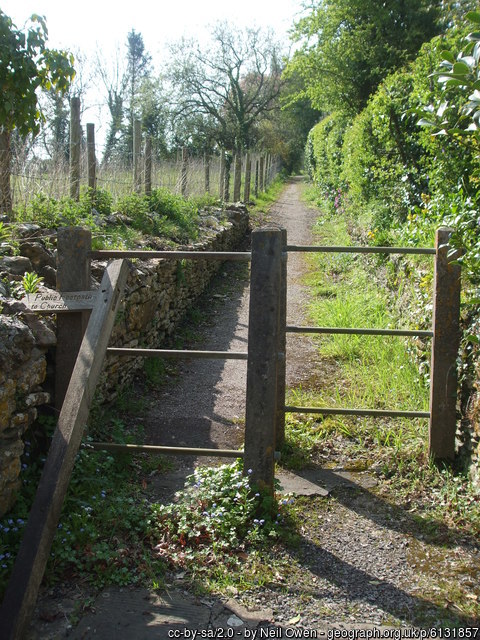
Having said that, the first to be married was William and he was not in his home town but in Wells. He married Dorothy on 13th October 1635 in St Cuthbert’s Church.

What a fantastic church to be married in! I’m not sure of Dorothy’s last name, the record is very faded but it looks like Boyte or Boyle.
After their marriage, William and Dorothy settled in Chewton Mendip.
I’ve located the following children, all in Chewton Mendip. Question marks denote difficulty reading the parish record.

Dorothy was buried on 7 Jul 1665 in Chewton Mendip. At some time possibly ten years later, William Dudden the second remarried. I have not found the marriage and have no idea of his second wife’s name, but they had at least two children
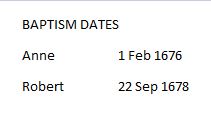
I deduce from this that Robert born 1654 died sometime before 1678, but I haven’t found a death that I can be sure is his.
So back to the main family.
Joan Dudden married Stephen Calforde at Chewton Mendip on 3rd October 1636. She was aged 25 and Calforde is not a common name for Chewton Mendip, popping up very occasionally. I believe they moved away, one of these days I’ll find them and follow that line down. For now I only know of one child, a boy called John who was buried in Chewton Mendip on 24th October 1659. The baptism registers are easy to read in this period, I am pretty sure his wasn’t there. I do wonder if he was visiting his grandparents or cousins at the time of his death.
Then comes Valentine Dudden, who married Joan Parsons on 30 Jul 1640 in Chewton Mendip.
Valentine and Joan were the parents of the following children. They must have lived elsewhere for a while. I’ll find the early children one day.
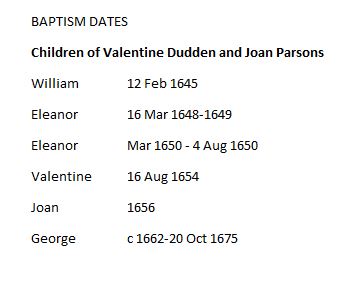
A year after the marriage of William Dudden’s son Valentine, his wife Alice died. She was buried on 2nd May 1641.
It was a bad couple of years for the family, and for Chewton Mendip in general. The register is full of burials, about double the number of deaths as there are births for some months. Some sickness must have struck the community.
Alice lived long enough to meet perhaps five grandchildren (three through William and possibly one each through her children Joan Calforde and Valentine Dudden) and to lose two of them- Frances and Joan.
Were they all buried in the same part of the graveyard? The same plot maybe? I don’t think their headstones have survived, but I like to think it is possible. Alice, young Thomas and Henry and grandchildren Joan and Frances , all together.

Maybe that was the end of the hard times.
In 1642 the family celebrated two marriages. One was that of Robert Dudden, youngest son, with Joan of unknown surname. I don’t think they married in Chewton Mendip, I’ll keep an eye out in neighbouring parishes. But after the marriage they lived in Chewton Mendip for at least five years.
Three children were born to them in this time:
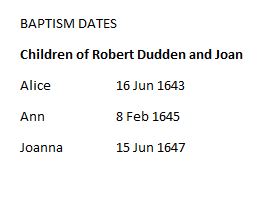
It’s always hard to know how to write the name Joan. In earlier years it was clear. Sometimes it was written as Joane, sometimes Joan. But this girl was written as Joanna while the same registrar wrote other girls as Joan. It might be Joan. But I will stick with Joanna for now. Even though she was probably named after her mother, maybe they pronounced it differently to differentiate?
The second marriage was our original William Dudden. A mere thirteen months after the death of Alice (on 27th June 1642), William Dudden aged approximately sixty married Jane Carpenter.
I don’t know much about Jane. I don’t know if she was older or younger, if she was a widow or a spinster. Possibly one or more of the children I have attributed to William and Dorothy were actually the older William and Jane’s.
But the baptisms for the children of William Dudden came regularly, two years apart, and all the names were different. I think it’s most likely that Jane was slightly older too. Probably still younger than William, but maybe at the end of her child bearing years.
It seems to have been a happy marriage. And it’s another indication, in my mind, that William Dudden the elder was financially comfortable. It’s easier for older men to find wives if they have a lot of security to offer. Of course, I might be well out here.
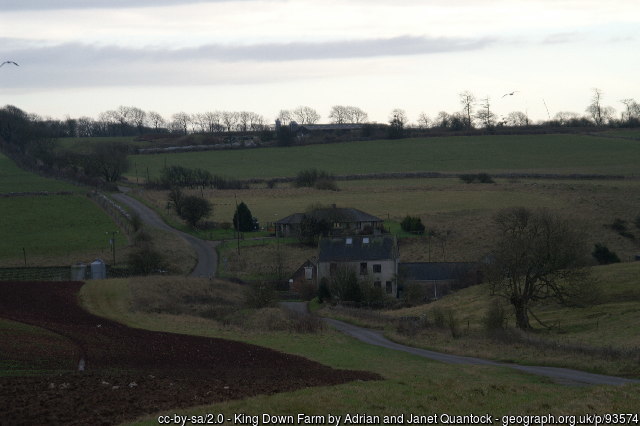
For the next thirty five years, life ticked over in Chewton Mendip. The grandchildren grew up. Great grandchildren came along. William Dudden’s son William became known as William Senior, after Valentine’s eldest son William married Susanna Blandon in Wells and settled back in Chewton Mendip. I’m very, very grateful to that wonderful registrar for differentiating between the sons and daughters of William Dudden Senior and William Dudden Junior, up until the time when the mother’s Christian name was required to be entered. It helped a lot.
William Dudden Senior’s son John became a churchwarden. (William Dudden Senior being the son of our original William Dudden. Yes, that’s confusing). John Dudden also married a woman named Joan. Honestly, it was getting beyond a joke at this time, and I’ll have to go search all the Somerset registers for that marriage too. So many Mrs Joan Duddens all having children.
And then on 23 Jul 1674, Jane the wife of William Dudden was buried in Chewton Mendip. At this time they were not giving age at death, so we have little idea about her. But I can tell you, because of the law passed not long before her death (1666), that she was buried in woollen. That is, wrapped in a woollen shroud, British grown and sewn, as legally required, and an affidavit sworn that it was done.

William Dudden, the first of Chewton Mendip, was a widower once more. I think he liked marriage. I don’t think he managed very well alone, even with all those children and grandchildren and great grandchildren around. He only outlived his second wife by eighteen months.
William Dudden’s burial was recorded in the parish records on the 6th of January 1675 – which means, by our calendar, the 6th of January 1676, the new year beginning in March not January in those days.
I’d love to insert an image of that burial record but I’ve only found it on Ancestry.com and I don’t think copyright allows it. So I’ll transcribe instead.
(1675) William Dudden a very old man, buried January the 6th
Somerset, England, Church of England Baptisms, Marriages, and Burials, 1531-1812, page 49 via Ancestry.com
His descendants still live near Chewton Mendip today. And everywhere else in the world as well.
Postscript: I’m still sorting through the later generations of Duddens as they show in the Somerset Parish records. William Dudden the first of Chewton Mendip is my 10th great grandfather. His descendant George Dudden is my 5th great grandfather. But there are a couple of George Duddens who are second cousins, and while I think I know which is mine, I cannot be quite sure until I compile the entire family tree.
Post postscript: Not many of these records show up in an Ancestry.com search, though others in the same register have been indexed. I found most of them by straight reading. They are recorded in a variety of spellings – Dudden, Duddin, Duden, Dudin, Dudding, Duddon – and the Christian names are often abbreviated (Wm, Tho, Jn), while Robert is consistently spelled as Robbard.
